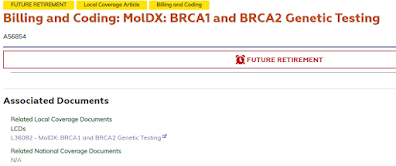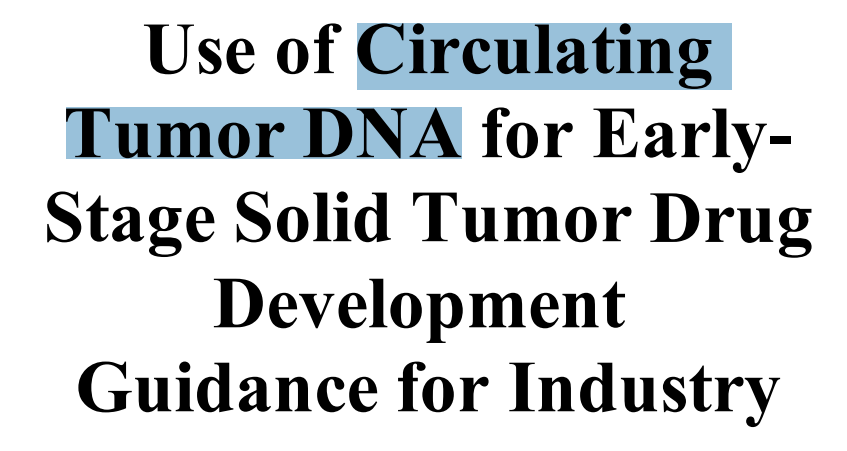Update: AMA is holding June/July/August workgroups on future changes to tumor coding - here.
_____
On May 26, 2022, CMS released an upcoding code list (i.e. meeting agenda) for the annual lab meeting in which new codes are priced. Details here.
Several quarters ago, AMA CPT announced they had updated the codes for tumor gene panel testing, and now, those codes are published by CMS as part of the new code pricing process. (The codes will also be released by AMA itself in September for the 2023 year code book).
Basically, there have been three codes for cancer genomic testing. 81445 was for 5-50 genes in solid cancers, 81450 for 5-50 genes in hematopoietic cancers, and code 81455 for more than 50 genes in any type of cancer. CMS data for 81455 has always been pretty squirrelly because some such genomic tests have proprietary codes (e.g. 0037U, Foundation Medicine), and the MolDx program has never recognized 81455 as a payable code, so at MolDx, large tumor gene panels have always been coded as 81479, thwarting efforts to understand their volume and rate of change.
Basically, all three codes morph into code pairs, including the base code revised (81455) and probably added new adjacent codes (e.g. 81456) which will represent RNA only analysis.
81445
81445 previously stated,
Targeted genomic sequence analysis panel, solid organ neoplasm, DNA analysis, and RNA analysis when performed, 5-50 genes (eg, ALK, BRAF, CDKN2A, EGFR, ERBB2, KIT, KRAS, NRAS, MET, PDGFRA, PDGFRB, PGR, PIK3CA, PTEN, RET), interrogation for sequence variants and copy number variants or rearrangements, if performed.
81445 is now revised as:
- Targeted genomic sequence analysis panel, solid organ neoplasm, 5-50 genes (eg, ALK, BRAF, CDKN2A, EGFR, ERBB2, KIT, KRAS, NRAS, MET, PDGFRA, PDGFRB, PGR, PIK3CA, PTEN, RET), interrogation for sequence variants and copy number variants or rearrangements, if performed; DNA analysis or combined DNA and RNA analysis.
What's new are the new RNA specific codes, one for each of the existing base codes 81445, 81450, 81455.










